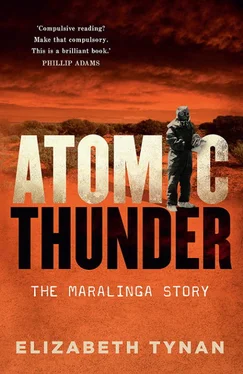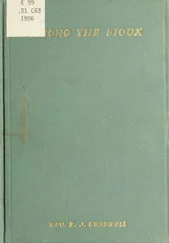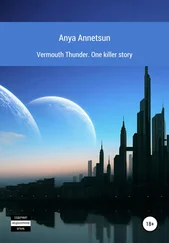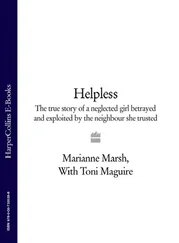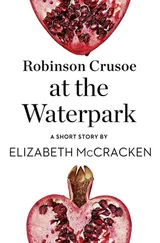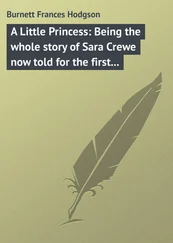A top-secret Cabinet minute from a meeting of the Prime Minister’s Committee dated 16 August 1954 recorded the acceptance of the British request to commandeer the new site. The minutes noted that the committee agreed ‘in principle to the establishment of a permanent testing ground and to co-operate with the United Kingdom in the proposed new series of tests’. The meeting also agreed to direct officials from the Treasury, Defence, Supply and Prime Minister’s departments to report on the nature of the Australian contribution to, and participation in, the tests. ‘These officials would need to consider in particular the ability of the Service Departments [navy, army and air force] to provide servicemen for construction and other purposes associated with the tests.’ The meeting decided against sending an Australian technical team to the UK for a briefing on the series, preferring instead that the UK send a team to Australia, presumably for reasons of cost. They agreed to co-operate with the UK on initiator tests known as Kittens, scheduled for early 1955 as the first tests at Maralinga. These followed the original Kittens tests at Emu Field in 1953.
Ten days after the meeting of the Prime Minister’s Committee, an interdepartmental committee meeting considered what the government had agreed. It was chaired by Frank O’Connor, secretary of the Department of Supply, and attended by high-level officials including Professor Leslie Martin, the academic physicist and defence adviser soon to head up the AWTSC. A report from the armed services departments on their respective levels of commitment to the project did not make encouraging reading. The report estimated the construction would need a workforce of between 225 and 250 personnel. The navy was unable to make any personnel available, and the army would commit personnel only if the government determined Maralinga to be a higher priority than any other ‘cold war task’. Only the air force was prepared to put boots on the ground, offering a token 50 personnel for the construction task.
All three services were under multiple pressures. The Korean War in the early 1950s had sapped their resources, and these were further drained by an ongoing commitment to the South-East Asia Treaty Organisation. The interdepartmental committee referred the matter of diverting defence resources to the Maralinga project back to the Defence Department, since this ‘was a task beyond the competency of the committee’.
The British were briefed on these concerns. A secret letter from RR Powell in the British Ministry of Defence to JM Wilson in the British Ministry of Supply indicated that Frederick Shedden, the secretary of the Australian Department of Defence, had ‘strongly advised’ them not to push Menzies too hard on this: ‘Any suggestion that we regarded Maralinga as more important than Malaya might upset the Australian agreement to accept commitments in South East Asia’. Australia was somewhat torn, wanting to co-operate as a good former colony while attempting to deal with existing postwar imperatives.
This document also recorded the reluctance of the Department of Works to divert resources to Maralinga to carry out construction using civilian labour. ‘It was suggested that such means of carrying out the task should be attempted only in the event of its being found impracticable to devise a plan for the utilisation of Service labour.’ No-one in the services really wanted a bar of the huge work involved in establishing a massive new military facility in the Australian desert. The meeting noted that the financial contribution to the cost of building Maralinga would have to come out of the Defence budget: ‘As there was no margin within the Department of Supply’s allotment to provide funds for this project, the committee proposes to advise that it is unable to make any proposal to Cabinet as to what financial contribution, if any, Australia should make’.
This committee discussed the need for Australia to get some scientific and technological benefit out of the Maralinga project. It tentatively suggested that ‘consideration be given to offering the services of a small scientific unit to assist in a defined operation, e.g. measurements, which would in consequence involve full indoctrination in atomic science for those Australian scientists taking part’. At this time, Australia was considering setting up the technology to create plutonium out of its uranium. If this development occurred (it never did), ‘we would then be in a much stronger position to claim a right for Australian scientists to participate in the work’. Australia had not been party to the results of operations Hurricane and Totem, and some frustration came through in the minutes’ suggestion that, ‘as atomic weapons would be vital to Australia’s defence, a firm request should be made to the United Kingdom for information on the results of future tests for strategic planning purposes’. Read in their context, these remarks seem forlorn at the very least, if not outright deluded.
The Australian Government assigned Howard Beale and his Department of Supply to oversee the development of the site by Kwinana Constructions, and the many administrative tasks associated with Maralinga. Beale was an enthusiastic servant of the project who exuded positivity from the start. ‘The country itself may be described as desert, but it is deserted rather than desert and is far from being a dreary waste of baking sand’, said his first memorandum on the project. This document described an Arcadian experience for the new workforce: ‘The prospect is tree-studded, park-like. New buildings will be shaded by the native timber, which will not be cut except in case of absolute necessity’. The experience of living there would be similar to conditions at the larger and more established British weapons testing base at Woomera to the east. Certainly the facilities were more luxurious than many military grunts might have experienced, although the hot desert conditions were destined to defeat many a Pom.
Creating Maralinga from nothing was a huge task. A village, airstrip, roads and other facilities rapidly appeared in the red desert landscape. The strange men-only village was in the southern part of the site, while the test area stretched northwards in a funnel shape. All the operational areas were well to the north, a series of ‘forward areas’ centred on colourfully named test sites. These names are evocative, if mostly inexplicable: Kuli, Biak, Tadje, Wewak, Dobo, Naya, Breakaway, Marcoo, One Tree, Kite and the most infamous, Taranaki. The 3.5-kilometre-long airstrip was a few kilometres to the east of the village. The roads to the north took on a Big Apple hue with Second Avenue, Fifth Avenue, Tenth Avenue, East Street and West Street, and they created a large grid across the massive swathes of Maralinga test site land. The village street names reminded many occupants of home: London Road, Durham Crescent, Belfast Street.
The site was managed by the Maralinga Board of Management, a joint UK–Australian organisation chaired by Frank O’Connor, with a senior British public servant from the UK Ministry of Supply Staff Australia as his deputy. The range commander, Australian Army lieutenant-colonel Richard (Dick) Durance, was directly responsible through the Maralinga Board of Management to a huge array of interested parties, including the joint chiefs of staff of the Australian military and the heads of both the Australian Department of Supply and the UK Ministry of Supply. He was also responsible to Penney, or his delegate. Radiological safety was the specific responsibility of the AWRE, which based a senior health physics officer on site. Australia placed its own health physics representative on site too, namely Harry Turner, seconded from the Australian Atomic Energy Commission. Turner was required to collect data about the radiological safety of the site and oversee safety matters at the range, although in the early 1960s he was specifically excluded from the Vixen B tests, the most dangerous experiments undertaken. Access to Vixen B was granted only to British personnel.
Читать дальше
